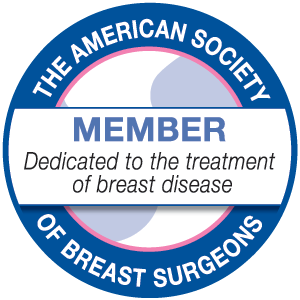Breast Disease: Diagnosis and Treatment
Breast disease encompasses a range of conditions affecting the breast tissue, including benign issues like cysts and fibrocystic changes, as well as malignant conditions such as breast cancer. Early detection and accurate diagnosis are crucial for effective treatment. Common symptoms include lumps, changes in breast shape or size, and abnormal discharge. Diagnostic tools such as mammograms, ultrasounds, and biopsies help determine the nature of the condition. Treatment options vary depending on the diagnosis and may include medication, lifestyle changes, or surgical interventions. Our goal is to provide personalized care and support through every step of the process, ensuring the best possible outcomes for our patients.
What is a Breast Biopsy?

A breast biopsy is a procedure in which a small amount of tissue is removed from the breast for testing. Breast biopsies can be performed on lumps that were felt through exam or were noticed on an ultrasound. Once the doctor notices the lump, he will likely recommend the next step be to schedule a biopsy. Sometimes it is possible to perform a biopsy in the office.
A mild local anesthetic is used to numb the area and the tissue to be tested is drawn out through a hollow needle. In other cases, the area of concern may be more difficult to access and may require a more involved procedure in a surgical setting.
Once the tissues are obtained, they can be sent for testing in order to determine whether the tissue is of concern and would indicate the need for further treatment.
Why is Early Detection so Important When it Comes to Breast Cancer?
Breast cancer is one of the leading killers when it comes to preventable diseases. With early detection, many breast cancers can be effectively treated and reduce mortality rates. Facilities that offer on-site biopsies provide their patients with a life-saving resource that enables them to detect cancer in its earliest stages. The ability of a doctor to perform both benign and cancer surgeries enables them to offer their patients a chance to be free of cancer and able to live a fuller, more active life. The advancements in technology today enable doctors to provide their patients with a new lease on life. Early detection is the key to preventing the spread of cancer.


